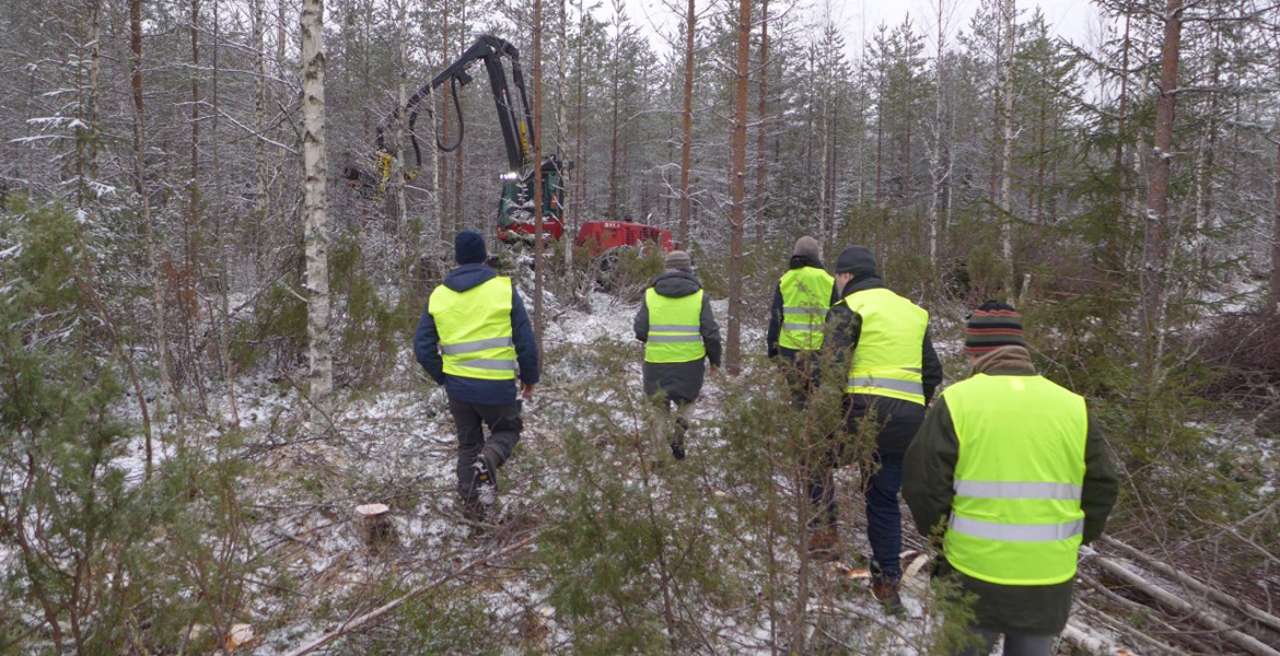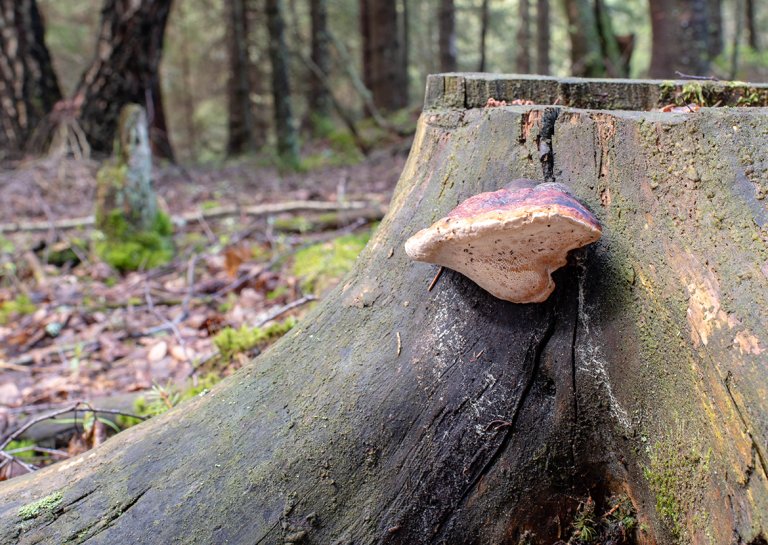Governance of forest-based social-ecological innovation in Norway

Photo: John Bryden
The bioeconomy is based on living biomass as an alternative to fossil fuels. Living biomass depends on available natural resources, for which sustainable use is contingent on social actors´ knowledge, behavior, practices, power, norms, and values as well as institutions (e.g. ownership rights), policies, regulations and market structures. Therefore, the bioeconomy is a complex system of interdependent aspects that ultimately sees the social-ecological nexus as the key to ensure its long-term sustainability.
Studying the governance of different bioeconomy systems is critical to understanding whether the existing regulatory framework, power relations, stakeholders´ perceptions, and practices undermine or improve social inclusion, equality, and the provision of forest ecosystem services.
The bioeconomy systems governance is characterized by overlapping jurisdictions, policy domains, interests, and goals. For instance, the bioenergy policies in Norway and other European countries aimed to provide farmers and forest owners with a new market for their biomass (i.e. economic growth goals), a rural development opportunity (i.e. socio-economic goals), and a sustainable way to re-use by-products from the industry, besides reducing CO2 emissions by replacing fossil fuels (i.e., environmental goals).
In our studies, we have discovered that these unaddressed overlaps often undermine the social and environmental sustainability of the evolving bioeconomy systems. For instance, when the Norwegian bioenergy policy was introduced, stakeholders had four different goals:
- rebalancing forest growth and the low felling rate
- economic profitability due to the increasingly higher price of energy
- meeting the crisis of the forest sector and related industries, and
- meeting the European renewable energy goals. However, stakeholders mostly did not address the impacts that bioenergy production and, thus, increased forest biomass extraction, would have on forest ecosystem services (e.g. carbon cycle regulation, biodiversity, nutrient stocks, and soil physical condition).
Given the sharp imbalance between forest growth and felling rate in Norway, environmental concerns remain low on the political agenda around the bioeconomy development. However, the development of the forest-based bioenergy system raised the concerns of environmental NGOs and natural scientists. While the former raised societal awareness of the potential adverse effects of bioenergy production and biomass extraction, thus leading citizens to demand higher environmental standards concerning forest biomass extraction, the latter started investigating the real impact on the forest ecosystems. There are indeed environmental risks attached to intensified biomass harvesting, including potentially reduced forest carbon stocks, loss of biodiversity, nutrient loss leading to reduced forest growth in the next rotation, and soil compaction or erosion. However, these risks are probably manageable.
Our main recommendations are that to secure the social and environmental sustainability of the bioeconomy, it is crucial to:
- use multi-stakeholders’ participatory approaches to build trust and co-create easily usable knowledge for forest owners
- boost the dialogue between social and natural scientists to increase our understanding of the complex interrelations between social, cognitive and environmental processes, and
- handle the tension between global regulation and local bioenergy practices without building “one size fits all” policies.
Where the knowledge base on the impacts of increased biomass extraction and bioenergy production on the ecosystem is insufficient to develop ad-hoc guidelines, the uncertainty gap must be bridged by expert opinions given to authorities and certification bodies (Clarke et al. 2015). Experts in this context need not be only scientists, but could, for example, be foresters or forest managers, which would ensure a higher degree of local acceptance, trust, responsibility, and implementation of rules.
Contacts



Contacts

